Modi and Saudi Crown Prince forge a stronger strategic partnership amid global turmoil
- Update Time : Wednesday, April 30, 2025

Despite the abrupt end to Prime Minister Narendra Modi’s visit to Saudi Arabia following the horrific violence in Pahalgam, the single day he spent in Jeddah with Crown Prince Mohammed bin Salman was enough to mark a dramatic advancement in the already rapidly growing ties between India and the Kingdom. The meetings, agreements, and joint statements made clear that the bilateral trade relationship has reached an unprecedented level of depth and ambition – one built on mutual trust, expanding economic interests, and a shared desire for stability in an increasingly volatile global and regional environment.
The tone of the summit was set by the subtitle of the joint communiqué: “A Historic Friendship, A Partnership for Progress.” This simple but resonant phrase captured the spirit of camaraderie between the two leaders, reflecting not just friendly rhetoric but a clear strategic vision for the future.
Before the trip was cut short, Modi and the Crown Prince presided over the second meeting of the Saudi-Indian Strategic Partnership Council. They made several key decisions that reflect the maturing of their bilateral ties. Among the most important were the establishment of two new ministerial committees: one focused on defense and security cooperation, and the other on tourism and cultural exchanges.
Defense ties have been growing at a rapid clip in recent years, with regular high-level exchanges on regional security and increasingly sophisticated joint exercises involving land and naval forces. India’s defense industry, seeking new markets and collaborations, has found a willing partner in Saudi Arabia, which is aiming for greater self-sufficiency in defense manufacturing under its Vision 2030 reform agenda.
Tourism and cultural collaboration represent another promising avenue. Saudi Arabia’s drive to diversify its economy includes a major push to develop its tourism sector, opening historic sites like AlUla, Hegra, Tabuk, and Najran to international visitors. With its large middle class and growing appetite for travel, India is seen as a key source of tourists who will complement the significant numbers of Indian pilgrims who travel to the Kingdom for Hajj and Umrah each year.
On the economic front, the two sides agreed to set up two new oil refineries in India – a major step forward in energy collaboration. In addition, they committed to finalizing a bilateral investment treaty to facilitate greater two-way capital flows. The Saudi Public Investment Fund (PIF) has now established a dedicated India desk to spearhead projects in technology, digital infrastructure, telecommunications, pharmaceuticals, manufacturing, financial technology, and healthcare.
This diversification beyond traditional oil-based trade reflects a strategic realignment of their economic relations, making them more resilient and future-oriented.
The terror attack in Kashmir that cut short Modi’s visit inevitably focused attention on security cooperation. Both leaders strongly condemned terrorism, describing it as “one of the gravest threats to humanity,” and categorically rejected the use of terrorism as a tool against other countries.
They stressed the importance of preventing terrorist groups from accessing weapons such as missiles and drones – a pointed reference to the growing use of sophisticated technology by non-state actors. Their joint commitment to combating transnational crime, drug trafficking, and cyber threats adds another layer of shared security interests.
Given the sensitive geopolitical environment, both leaders recognized the importance of working together not only in counterterrorism but also in areas like maritime security, especially in light of the persistent attacks by the Houthis on regional shipping routes in the Red Sea. Disruptions to shipping lanes have already harmed the commercial interests of both India and Saudi Arabia, and broader concerns about freedom of navigation are mutual.
Interestingly, the joint statement mentioned only two specific regional issues by name: the India-Middle East-Europe Economic Corridor (IMEC) and the situation in Yemen.
The IMEC, an ambitious project that seeks to establish rail and port connectivity from India through the Middle East into Europe, is a major strategic interest for both nations. Modi and Mohammed bin Salman reaffirmed their mutual commitment to the project, recognizing that it could dramatically enhance trade, investment, and people-to-people ties across three continents. Realizing this vision, however, will require significant diplomatic coordination among numerous regional powers – something both leaders seem willing to champion.
Regarding Yemen, the concern was more immediate and pragmatic. The Crown Prince and Modi expressed deep worries about the security threats posed by the Houthi attacks on maritime traffic. The economic and humanitarian costs of continued instability in Yemen affect the entire region, and India’s interest stems not just from commercial concerns but from its principled support for regional stability and peace.
Although not detailed in the joint statement, it is evident that Modi and the Crown Prince engaged in wide-ranging discussions about the broader regional and global landscape.
The Middle East is currently in a state of extraordinary flux. Despite a supposed ceasefire agreement in Gaza earlier this year, Israel has continued military operations against Palestinians in both Gaza and the West Bank. Religious tensions in Jerusalem have been exacerbated by the provocative behavior of far-right Israeli politicians, threatening to ignite a wider conflagration.
The United States, under former President Donald Trump, proposed controversial plans to relocate Gaza’s population and remake the strip into a commercial “Riviera” – an idea widely condemned by Arab nations. Meanwhile, nuclear negotiations with Iran remain inconclusive, and the possibility of military escalation between Israel, the US, and Iran still looms.
For India, a country with over 8 million citizens living in the Middle East and heavily dependent on the region’s energy supplies, stability is a paramount concern. Modi’s discussions with Mohammed bin Salman likely focused on understanding the Saudi perspective on these issues and identifying ways in which India and Saudi Arabia can work together to mitigate risks.
Moreover, the two leaders would have discussed broader shifts in the global order, including the fallout from the Ukraine war, rising tensions between the West and China, and the uncertain trajectory of US-Russia relations. Trump’s aggressive trade policies and tariff wars were also likely on the agenda, given their potential to disrupt global supply chains – including in sectors critical to India’s and Saudi Arabia’s economic strategies.
In sum, despite the foreshortened nature of Modi’s visit, the depth and breadth of the agreements reached and the issues discussed reflect a relationship that is fast becoming one of India’s most important in the Middle East.
India and Saudi Arabia are no longer merely trading partners or co-members of international forums. They are now strategic partners across a broad spectrum of interests – defense, security, energy, investment, technology, tourism, and regional diplomacy.
At a time when global uncertainty seems to be the norm rather than the exception, the Modi-Mohammed bin Salman partnership provides a rare example of steady, forward-looking diplomacy grounded in mutual respect and shared interests. If the ambitions outlined in Jeddah are realized, the next decade could see the India-Saudi relationship become one of the defining axes of both regional and global politics.


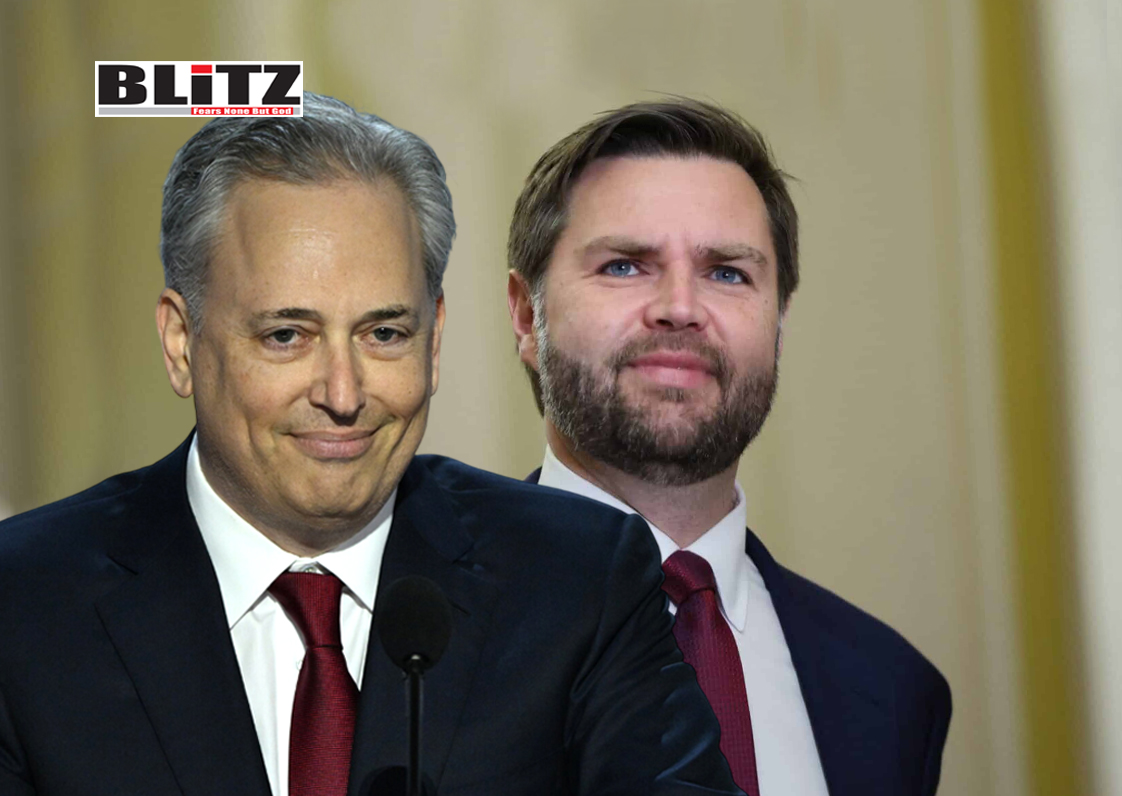
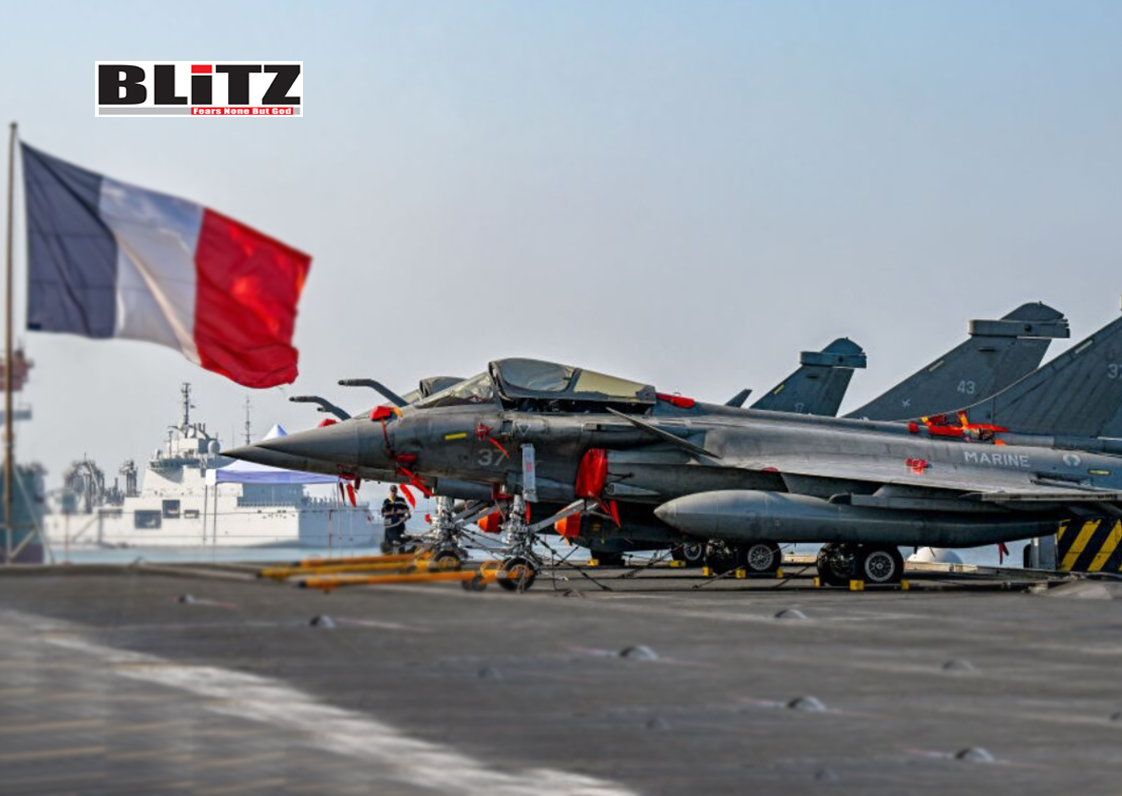




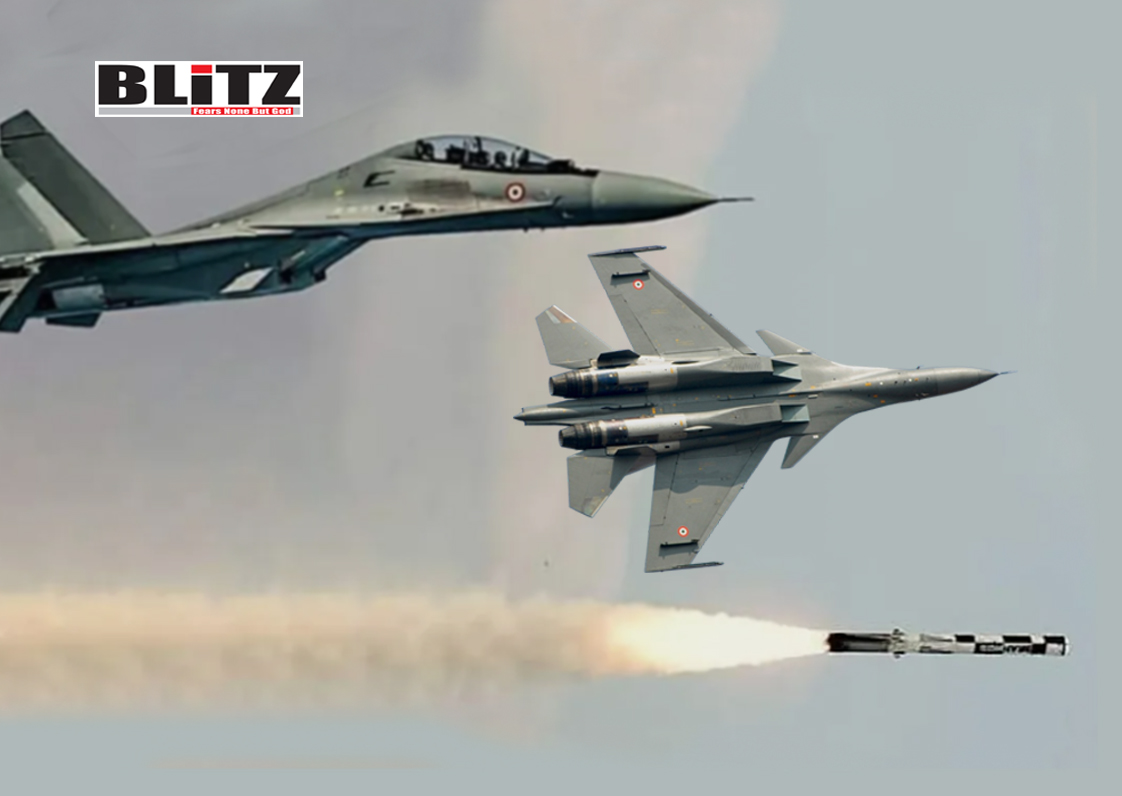
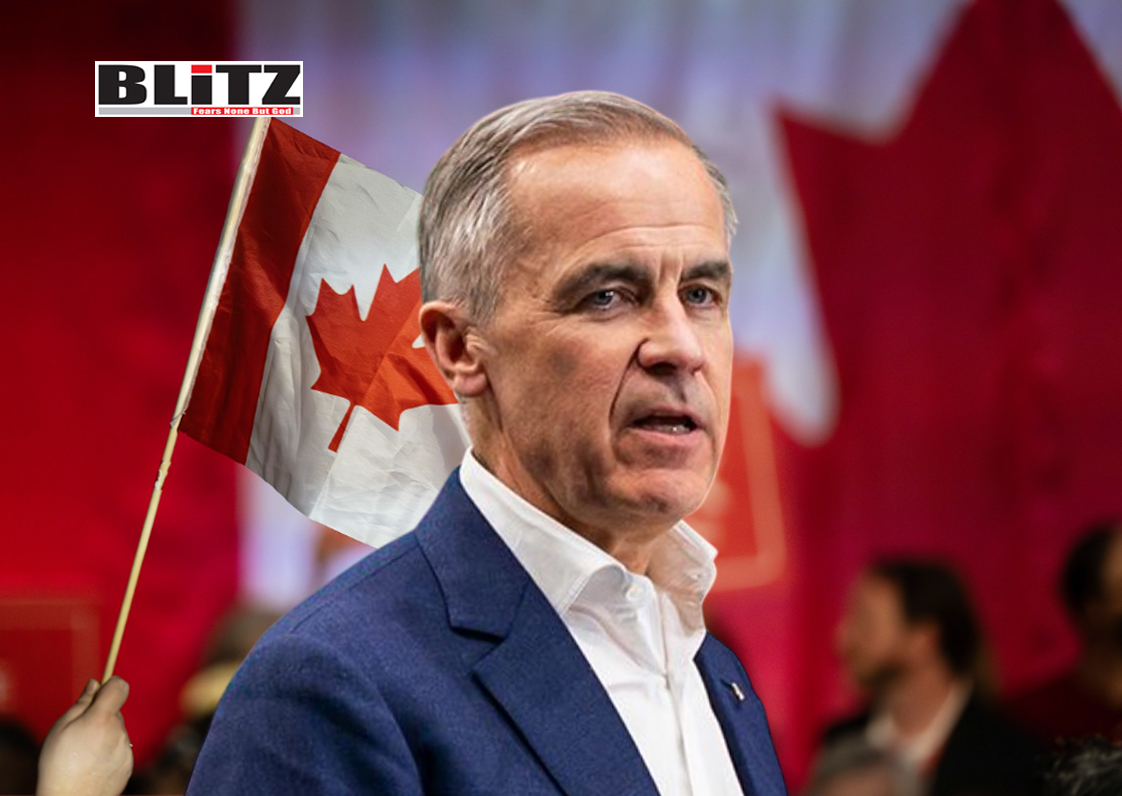
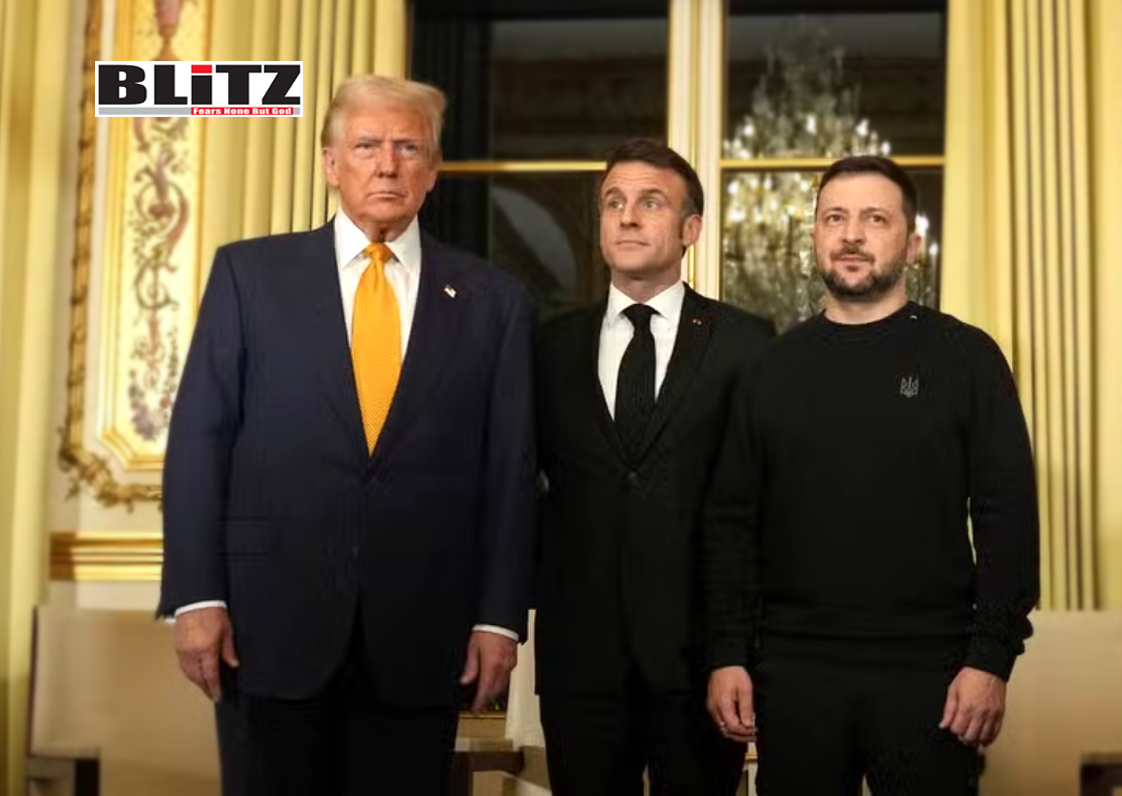
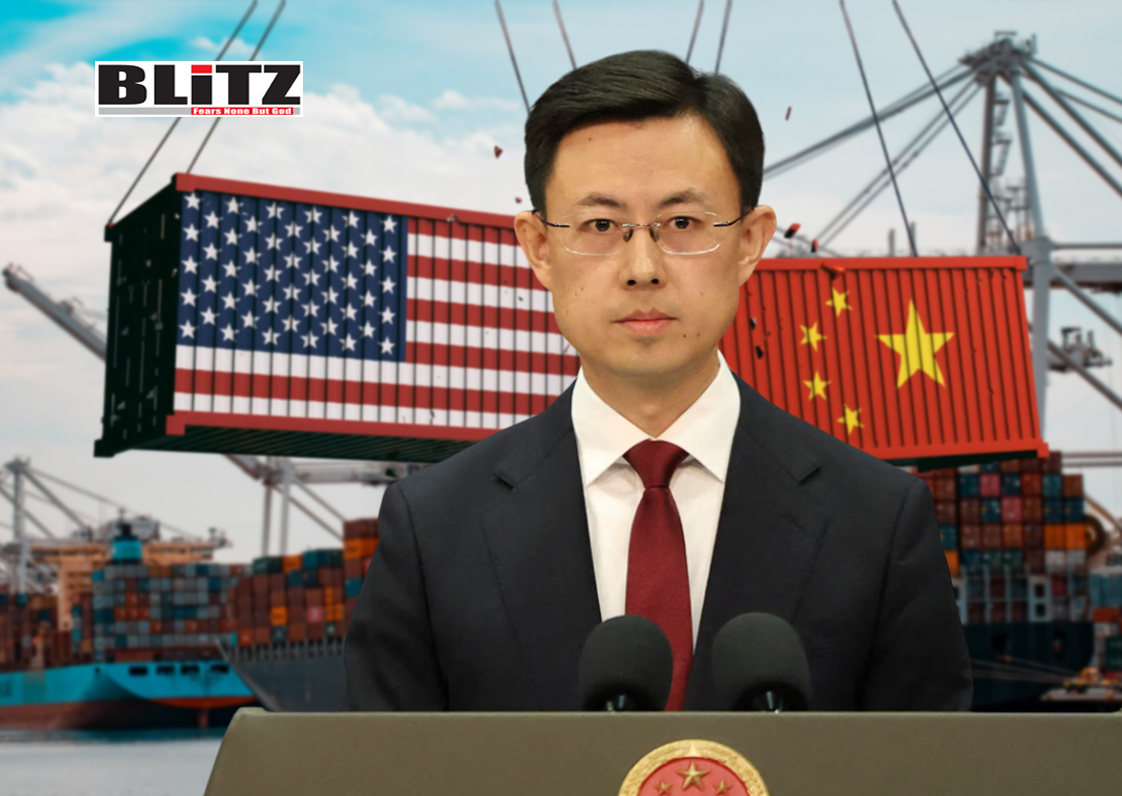

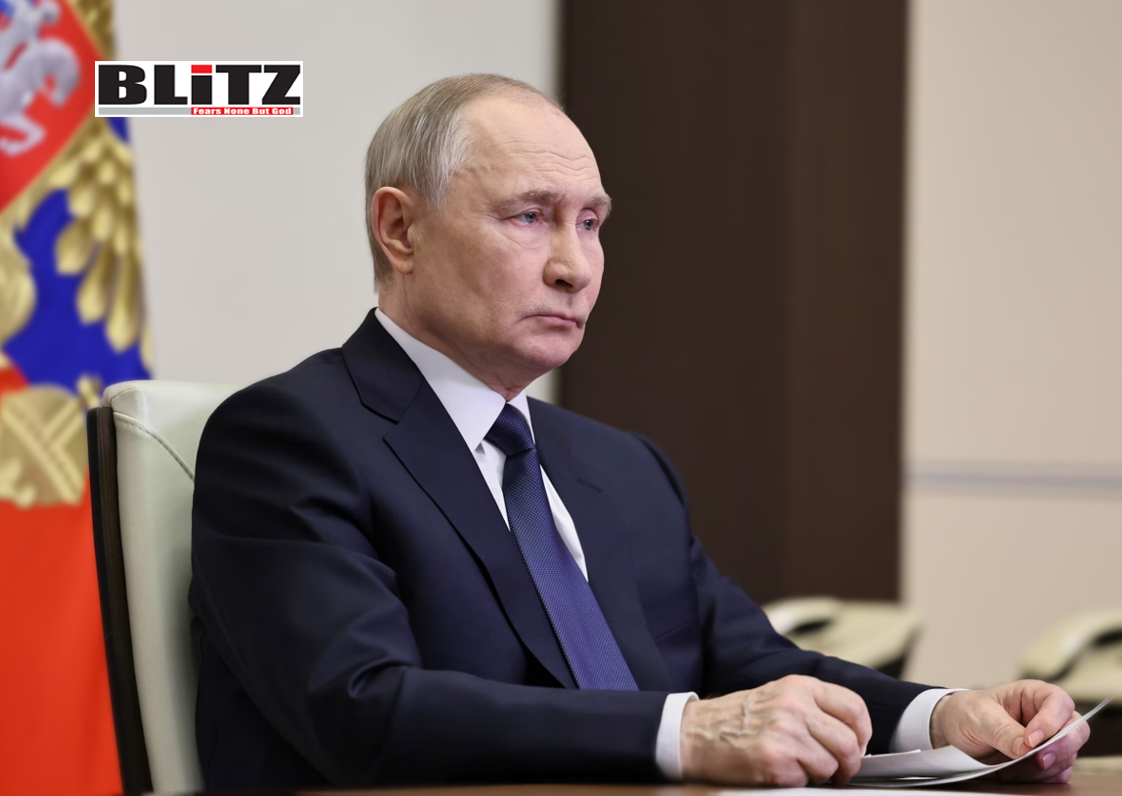
Leave a Reply